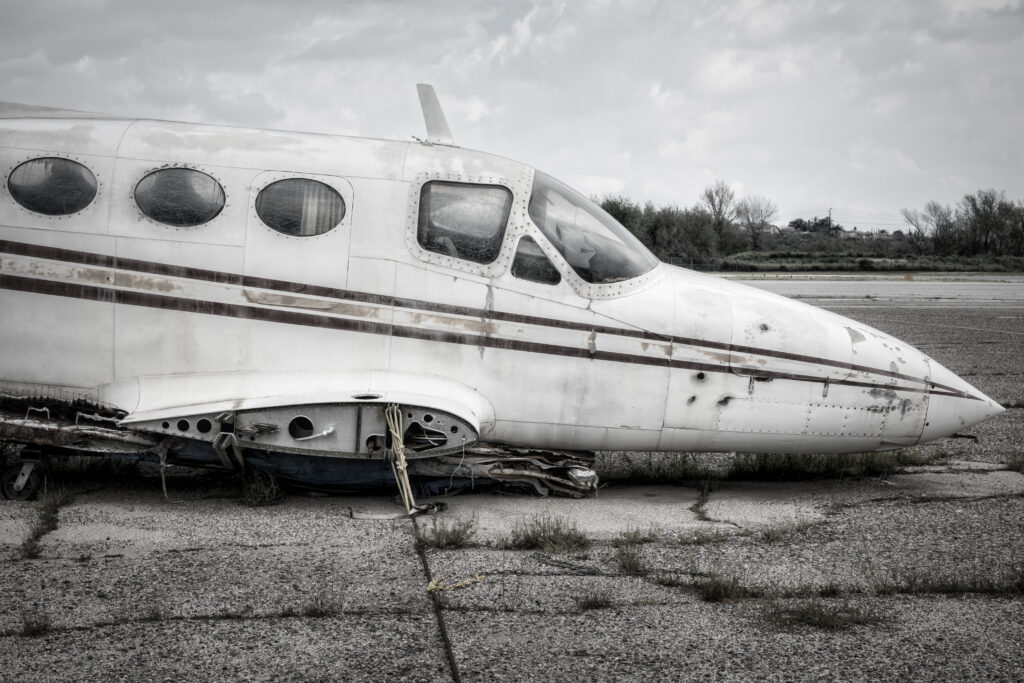Welcome back to the Aviation Insurance Blog, where we navigate the complexities of insuring various types of aircraft, from private jets to commercial planes. Today, we’re focusing on a crucial aspect of aircraft insurance: accurately determining the hull value for insurance coverage, especially for aircraft renters and fixed based operators.
Aircraft valuation fluctuates based on several factors, including airframe and engine times, equipment, condition, damage history, and market trends. When renewing your policy, your aviation insurance broker will request confirmation of the desired hull value, which is critical for ensuring appropriate property damage and liability coverage. This process involves understanding both the valuation of your aircraft and the implications of a partial or total loss.
Aircraft policies typically operate on an “Agreed Amount” basis. In a total loss scenario, the insurance carrier pays the amount listed under hull coverage. This differs from most automobile policies, which use an Actual Cash Value (ACV) basis. Understanding this distinction is vital for aircraft owners, whether they are flying private jets or commercial aircraft.
To accurately determine your aircraft’s insured value, consider consulting a blue book or other valuation services. These provide a baseline value based on the aircraft’s year, make, model, and average equipment. Adjustments are then made for above or below-average conditions. Insurance carriers often require justification for insuring an aircraft significantly above or below its average blue book value, as determined by accredited senior appraisers.
Another method is to assess the aircraft’s resale market value by examining classifieds or consulting knowledgeable salespersons. This approach, combined with professional appraisal, offers a clear picture of the aircraft’s value, considering factors like serial number and specific upgrades.
It’s essential to insure your aircraft for an amount that would cover replacing it with a similar kind and quality. Insurance, or indemnification, aims to restore your situation to its pre-loss state, not to profit from a loss. The insurance carrier’s obligation, in the case of physical damage, is to either repair the aircraft or pay the agreed value.
Selecting the correct hull value is critical to avoid being over-insured, leading to higher annual premiums and potential repair issues, or under-insured, resulting in a significant equity loss. For example, an under-insured aircraft with a repair bid and salvage bid totaling more than its insured value would lead to a constructive total loss, leaving the owner to cover the difference.
Similarly, over-insuring an aircraft can result in unnecessary premium costs and may lead to repairs when replacement
is more appropriate. For instance, an aircraft with significant damages might be repaired instead of replaced due to an inflated insured value, which can affect both its resale value and passenger confidence.
In the event of a loss, insurance adjusters consider both the repair and salvage bids. If the sum of these bids is equal to or greater than the insured value, the aircraft is usually deemed a total loss, and the agreed amount is paid. This calculation, known as a constructive total loss, is crucial in determining whether an aircraft will be repaired or totaled.
For example, if an aircraft insured for $100,000 actually has a market value of $130,000, and the combined repair and salvage bids amount to $110,000, it’s more economical for the insurance company to declare a total loss. This scenario would leave the owner short of $30,000 to replace the aircraft, highlighting the importance of accurate insurance valuation.
On the other hand, over-insuring leads to paying excess premiums, and in cases of significant damage, it might be more economical for the insurance company to repair the aircraft rather than replace it. This could result in a repaired aircraft that has lost value and may not be as appealing to passengers or future buyers.
It is crucial to insure your aircraft for its current market value to replace it with one of like kind and quality. Regularly reviewing and adjusting the insured value, particularly at annual renewals or after modifications, ensures that you avoid the pitfalls of both overinsuring and underinsuring your aircraft. This approach guarantees adequate coverage for property damage, bodily injury, and liability, safeguarding your investment whether you operate private jets or other types of aircraft.
For guidance on finding the right type of insurance and determining the appropriate coverage for your aircraft, contact Aeris Insurance Solutions. Our expertise in aircraft renters insurance, public liability, and coverage options for various aircraft types ensures that your aviation needs are comprehensively met.


